Hawaiian Moon Phases
The Hawaiians in traditional times used a calendar based upon the phases of the moon. The year had twelve months of 29.5 phases; every three to six years, a thirteenth lunar month was added. Each month started with the new moon, Hilo and ended with Mauli or Muku, the dark moon.
The moon phases continue to guide present-day fishermen. Below is a description of the moon phases and the fishing practices associated with each.
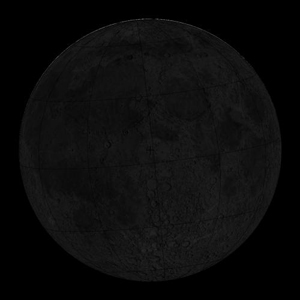 HILO |
• The Hawaiian word Hilo has three meanings: Hilo was a famous Hawaiian navigator, Hilo can mean “twisted” or “braided,” and Hilo is the “first night of the new moon.” • Good beach and reef fishing; women hand-fished; men torch-fished. • Low tides in the evening and rough seas during the day; calm, warm nights with little wind. • The Kapu - Kū period of olden days, in honor of the god Kū, forbade planting or fishing during this time, which continued through Kū Lua. |
||||
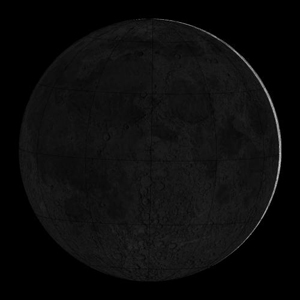 HOAKA |
• As with all words in Hawaiian, the word Hoaka has many meanings. The most literal meaning is “crescent,” and this is, indeed, the first real crescent moon. • Other meanings relate to spirits and ghosts. The Hawaiians believed the spirit of this moon—the first moon bright enough to cast a shadow—would frighten fish away. Thus, this was not a good night for fishing. |
||||
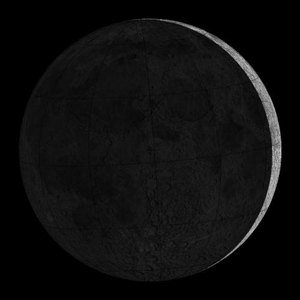 KŪ KAHI |
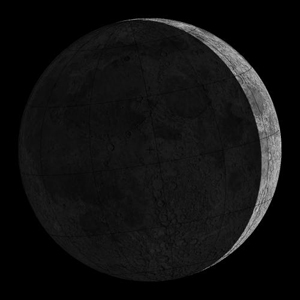 KŪ LUA |
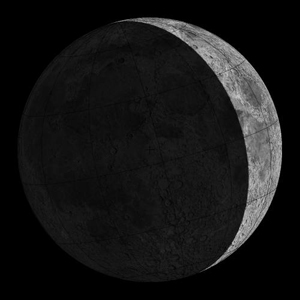 KŪ KOLU |
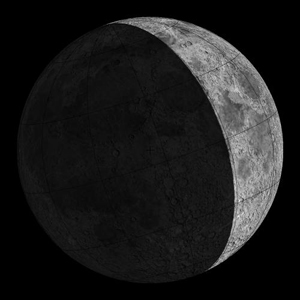 KŪ PAU |
||
| • The third through sixth moon phases correspond with the first four nights of Kū. • The end of the first moon, Kū Kahi ends the kapu (forbidden) period of Kū. • This series of four days also indicates good fishing. |
|||||
 ‘OLE KŪ KAHI |
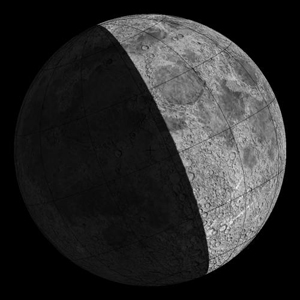 ‘OLE KŪ LUA |
 ‘OLE KŪ KOLU |
 ‘OLE KŪ PAU |
||
| • The seventh through tenth moon phase names all start with ‘Ole, which translates into “nothing” or “unproductive.” • These days were named because fishing is poor due to high tides and rough conditions. |
|||||
 HUNA |
• Huna means “small” or “hidden” • This is a good time for fishing, as the fish tend to hide in their holes. • Not a good time to seek esoteric knowledge, as answers sought will remain huna or hidden. |
||||
 MOHALU |
• The twelve phase marks a sacred night to the god Kāne. • This night is also good for fishing. • The tides are very low in the early morning hours. |
||||
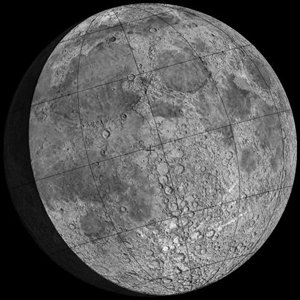 HUA |
• Hua means “egg,” “fruit,” and “seed,” and among other things, refers to the near-full egg shape of the moon. • This night is good for fishing, especially at sea. • ‘Opelu run during Ka‘elo (January through early February). • Reef fishing is good in the evening with indefinite tides. • The Hawaiians believed in four full moons. Hua marked the first of the four full moons. |
||||
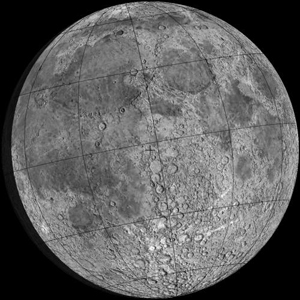 AKUA |
• Akua means “God/goddess” or “spirit.” • This is the second full Hawaiian moon and is near the full round shape. • This is a good night for fishing, especially at sea and on reefs in the evening. • Indefinite tide with high waves. |
||||
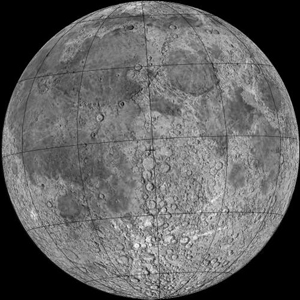 HOKU |
• The third day of the four Hawaiian full moons was believed to be the fullest moon. • Fishing is good at sea, not onshore. • Watch for high waves. |
||||
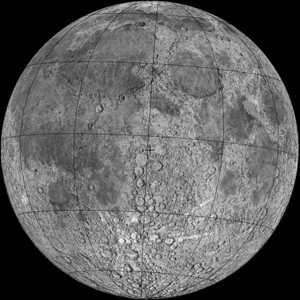 MAHEALANI |
• This sixteenth lunar phase was the last night of the four Hawaiian full moons and was good for all types of work, planting, and fishing. • Excellent fishing. Tides are low in the late morning and late evening, making shoreline fishing easy. |
||||
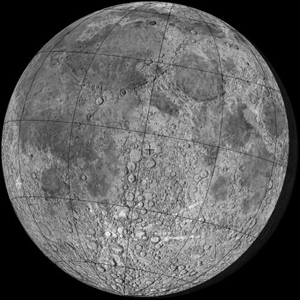 KULU |
• Kulu means “to drip, drop,” or “to pass time.” • Deep sea fishing is considered good during this time. • The currents run strong. |
||||
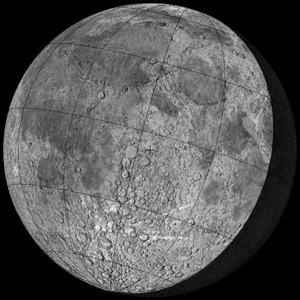 LĀ ‘AU KŪ KAHI |
 LĀ ‘AU KŪ LUA |
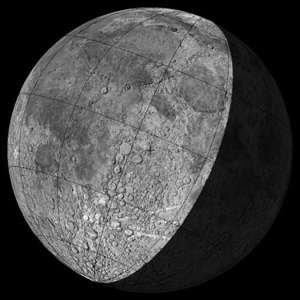 LĀ ‘AU PAU |
• The Hawaiian word Lā‘au means just about any type of vegetation, trees, etc. • Fishing is fair and the sea starts to become rough again. • This late rising moon can be seen in the morning hours. |
||
 ‘OLE KŪ KAHI |
 ‘OLE KŪ LUA |
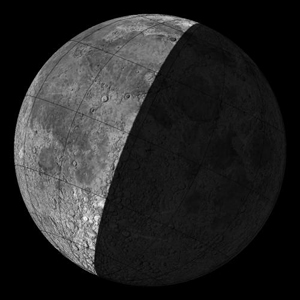 ‘OLE PAU |
• Again we enter a series of three unproductive ‘Ole nights. • Avoid planting and fishing; repair gear and equipment. • Watch for Box Jellyfish and Portuguese Man-of-War on‘Ole Pau. |
||
 KALOA KŪ KAHI |
 KALOA KŪ LUA |
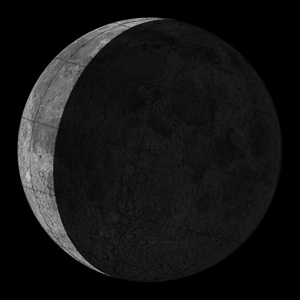 KALOA PAU |
• The twenty-fourth through twenty-sixth lunar phases mark the three nights of Kāloa. • Good fishing onshore, especially for shellfish. • Watch for Box Jellyfish and Portuguese Man-of-War during these phases. |
||
 KANE |
• The twenty-seventh lunar moon marks a two-day period of worship to the gods gods Kāne and Lono. • This was a very strictly enforced kapu and most of this period was devoted to prayer to the gods. • Good reef fishing with pole and torch. • Very low tides. |
||||
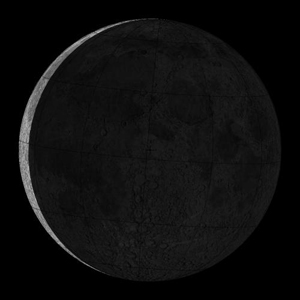 LONO |
• The twenty-eighth lunar moon continues from the previous night of worship to Kāne and Lono, with emphasis switching to the god Lono and prayers for rain. • Excellent pole fishing, torch fishing, and diving. • Low tides and calm seas. |
||||
 MAULI |
• This moon usually rises with daylight. • All types of fishing were good on this day due to lower tides. • Marriages were often performed on this day. |
||||
 MUKU |
• This final lunar phase ends the moon rising completely in the earth’s shadow. • Excellent for all kinds of fishing, including diving for squid and octopus. • The tides are low, which makes trapping fish in tide pools and loko i‘a (fishponds) easy. |
||||
Source: Kalei Nu‘uhiwa